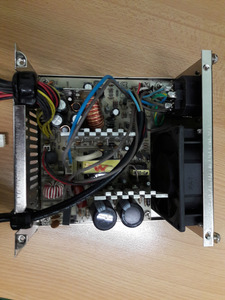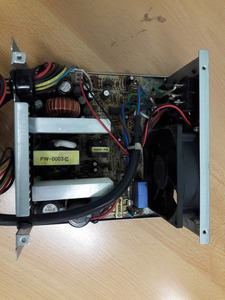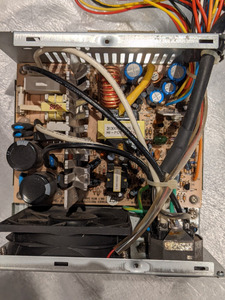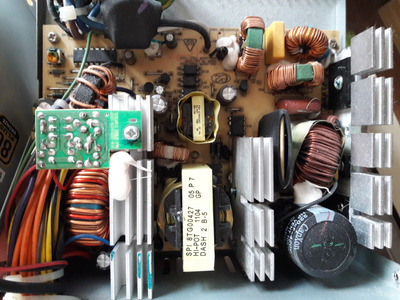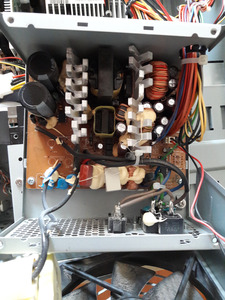blackmasked wrote on 2022-07-26, 16:42:I'm more concerned about AT PSUs to be honest, first 3 on that list. I do have a 486 and a couple of Pentium 1 builds and PSUs used to power them all don't give me much confidence.
I'm capable of refurbishing them, but as you said yourself, it may not be worth doing if it's a badly designed PSU. However, I don't have the know how to come to this conclusion just by looking at the insides. Weight test may be a good indication, as usually heavier equals better quality, but I'll need more than that. ;]
I see where you're coming from, I noticed there's a common concern in the retro scene with AT units in particular and I'm not sure where it came from. But there's this fear that these are inherently much more dangerous to your components than ATX. This is false, most of the instances of the power supply dying and taking components with it is due to bad design of the +5VSB line which is always on and can kill motherboard, memory and other stuff if it goes rogue. AT power supplies don't even have a standby line, so that's one major point of failure less vs. ATX.
If you're uncertain about those AT units being unable to handle a 486 or Pentium 1 then don't worry, they most certainly can. Those builds probably use around 50W of power at most (perhaps a bit more from the wall due to poor efficiency), so basically anything can power them. As I said, the design is usually very similar for all those AT PSUs, but if you want to know about specific things to look for: switching transistors in the primary, main transformer size, rectifier diodes and caps/inductors in the secondary. Those should be able to tell you whether the unit is under or over specced.
My take on these, for what it's worth: if those power supplies are currently working properly (meaning output voltages are stable and within range, no strange noises or burnt things) then with a recap + fan replacement if necessary then you should be just fine. But if you feel safer spending on a 500W Corsair or something like that then by all means go ahead, in my opinion that alternative is full of inconveniences vs. whatever benefits it can provide, but if it works for you that's what matters the most.
